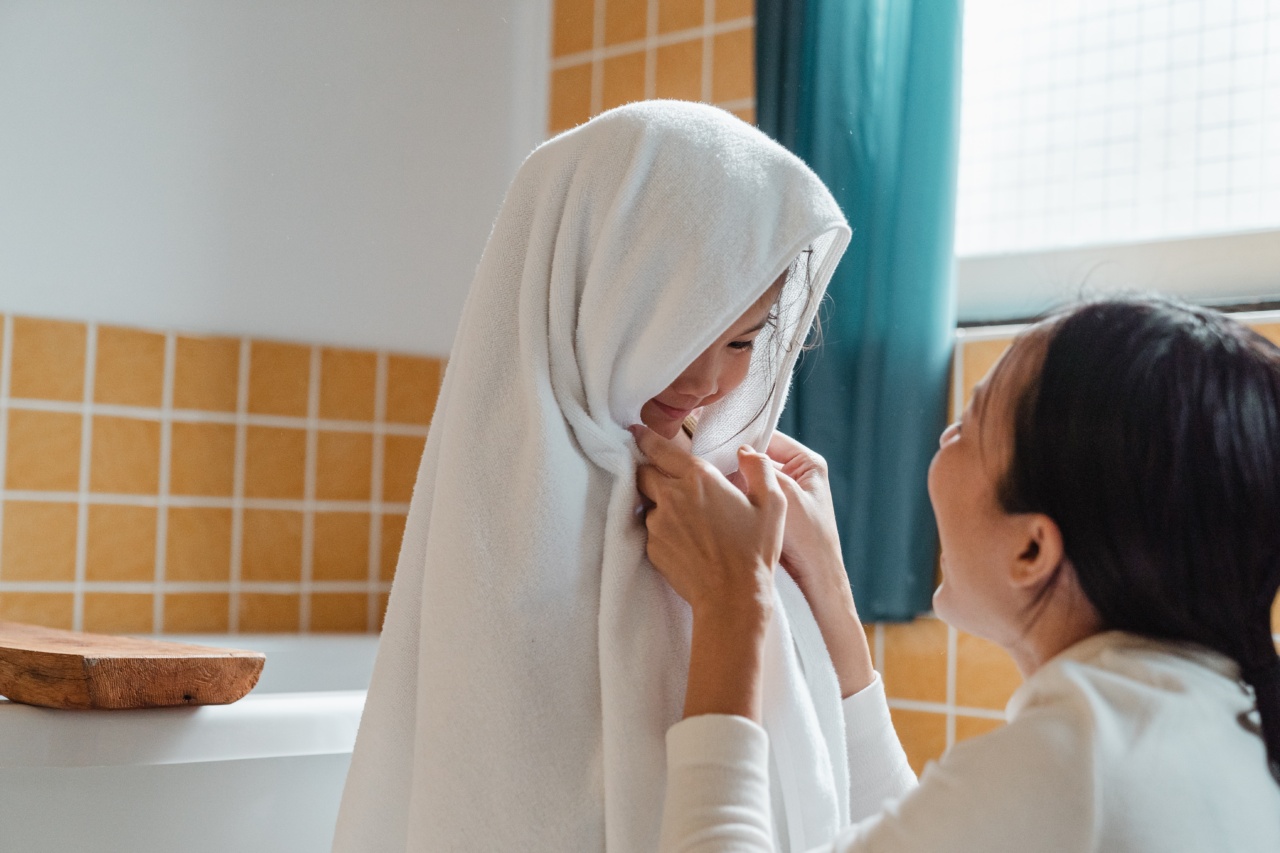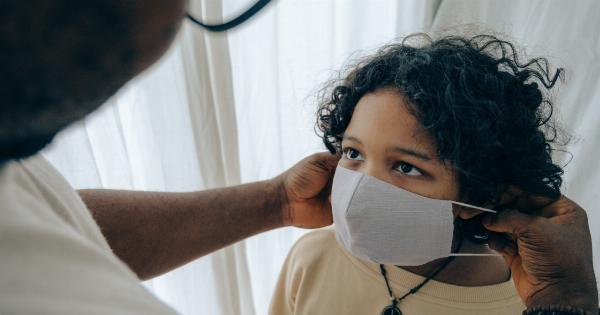Bedwetting, also known as nocturnal enuresis, is a common condition that affects many children. It can be frustrating for both the child and the parents, but rest assured, there are several ways to help your child stay dry throughout the night.
This article will explore 10 effective strategies that can make a significant difference in managing bedwetting and promoting better sleep for your child.
1. Limit Fluid Intake before Bedtime
One key step in helping your child stay dry at night is to limit their fluid intake before bedtime. Encourage them to drink enough fluids during the day but reduce the amount they consume in the evening.
Avoid caffeine and sugary drinks, as they can increase urine production. Instead, offer small sips of water if they are thirsty before bed.
2. Establish Regular Toileting Routine
Set up a regular toileting routine for your child before bedtime. Make sure they go to the bathroom right before getting into bed to empty their bladder.
This can help reduce the chances of nighttime accidents by ensuring that their bladder is empty before sleep.
3. Use Waterproof Bedding
Invest in waterproof bedding to protect the mattress in case of accidents. This will make clean-up much easier and prevent lingering odors.
Additionally, consider using mattress protectors and waterproof pillow covers, as these can provide an added layer of protection.
4. Encourage Frequent Toilet Trips
Encourage your child to use the bathroom frequently throughout the day, even if they don’t feel the urge to go. This can help train their bladder to hold urine for longer periods and increase their awareness of a full bladder.
Over time, this can contribute to better night-time control.
5. Reward System
Create a reward system to motivate your child to stay dry at night. Consider using a sticker chart or giving small rewards for consecutive dry nights.
This positive reinforcement can encourage your child and boost their confidence as they work towards staying dry.
6. Offer Emotional Support
Bedwetting can sometimes be emotionally distressing for children. It’s essential to offer your child emotional support and reassure them that bedwetting is a common issue that many children outgrow.
Make sure they understand that it’s not their fault and that you are there to support them throughout the process.
7. Bedtime Alarm
Bedwetting alarms are effective tools for conditioning your child’s brain to wake up when they feel the urge to urinate.
These alarms typically consist of a moisture sensor that attaches to the child’s pajamas or underwear, and an alarm that sounds when moisture is detected. Over time, this can help your child learn to recognize the need to use the bathroom during the night.
8. Encourage Healthy Bathroom Habits
Teach your child healthy bathroom habits, such as proper wiping and washing hands after using the toilet. Emphasize the importance of good hygiene and explain how it can contribute to overall urinary health.
By teaching them these habits, you can instill a sense of responsibility and ownership over their bodily functions.
9. Seek Medical Advice
If your child’s bedwetting persists despite your efforts, it may be beneficial to seek medical advice. Consult a pediatrician or a urologist who can evaluate your child’s specific situation and provide appropriate guidance.
They may recommend additional treatments or interventions, depending on the underlying cause of the bedwetting.
10. Be Patient and Understanding
Above all, it is crucial to be patient and understanding during this process. Bedwetting is a common developmental phase that many children go through, and most eventually outgrow it.
Avoid punishing or shaming your child, as it can have adverse effects on their emotional well-being. Instead, maintain a supportive and empathetic attitude, and celebrate small victories along the way.
Conclusion
Helping your child stay dry during the night is a journey that requires patience, understanding, and consistent effort. By implementing these strategies, you can support your child in managing bedwetting and improve their overall sleep quality.
Remember, every child is different, and what works for one may not work for another. Tailor these approaches to suit your child’s individual needs and seek professional guidance if needed.
Stay positive, and know that with time, patience, and support, your child will eventually overcome bedwetting and enjoy uninterrupted nights of sleep.





























